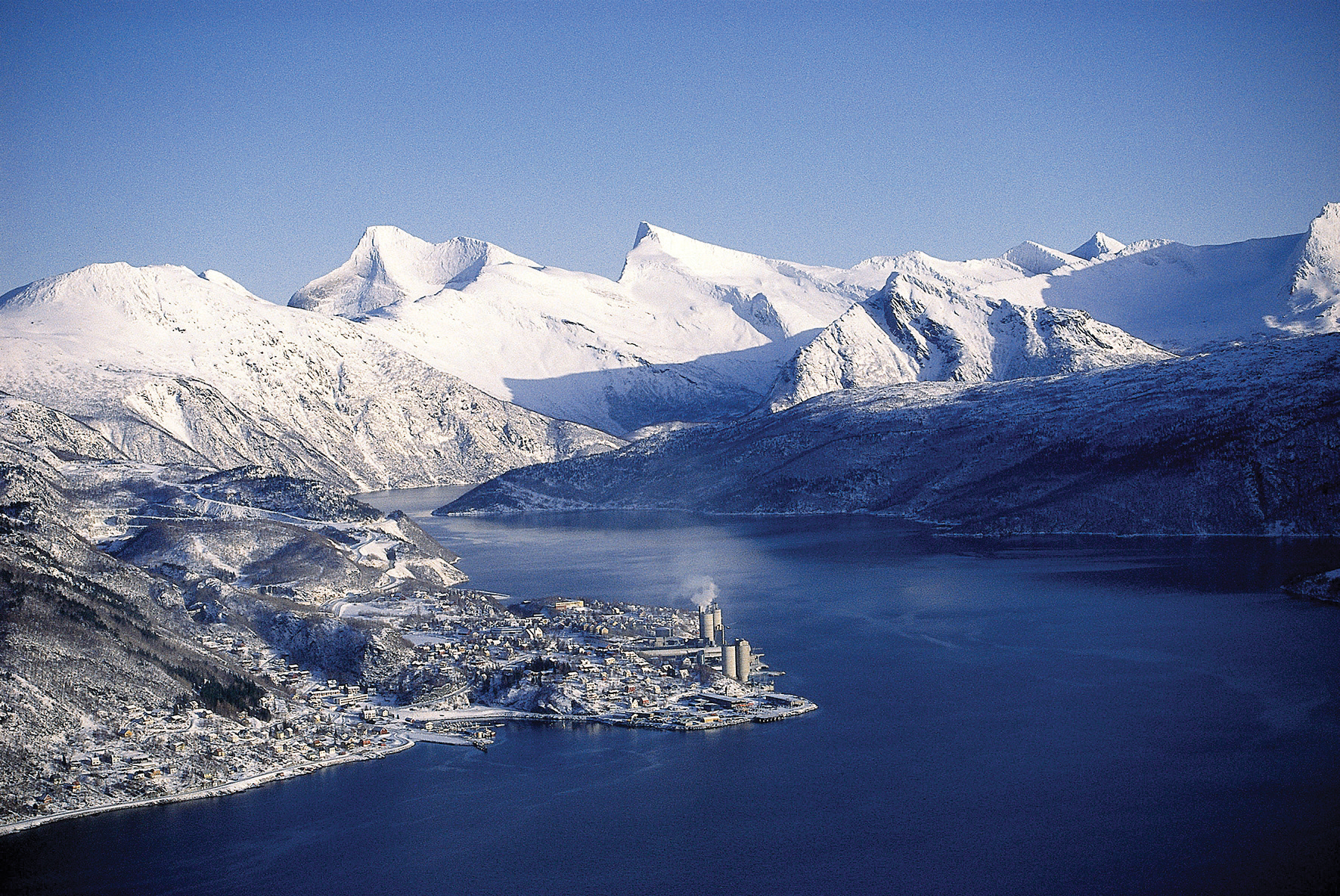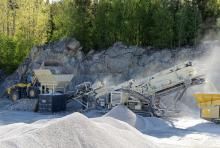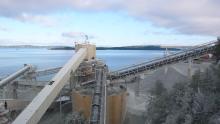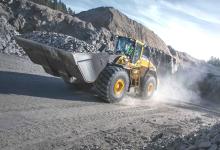
Any region comprising four or five important producing countries will do well in the league tables in comparison to its constituent parts, but for the relatively sparsely populated Scandinavia there’s no one to touch its aggregates production per capita. Julie-Anne Ryan reports.
Finland and Norway are untouchable in that particular table, with an average of 16 million tonnes per capita, and Denmark and Sweden are also in the top ten.
Scandinavia as a whole has an average per capita tonnage of more than 12.5, more than twice the average for the EU27 plus EFTA (European Free Trade Association) countries, which is just 5.8.
The picture across other trends in the industry is not so sunny, unsurprisingly these days. Individually, the countries place between number 11 and number 18 (out of 35) in terms of national tonnage, although with a combined total of about 280 million tonnes Scandinavia would rise to sixth position.
But the
In terms of predicted tonnages for 2012 (latest figures) versus 2011, Norway is expected to improve by about 7.5% and Finland by about 3.5% while Sweden will fall back by -4%, and Denmark by -15%. That’s a negative overall prediction for Scandinavia as a whole.
The vast majority of Scandinavian aggregates production is crushed rock. Only Denmark retains the historical predominance of gravel and sand with 31 million tonnes of it produced in 2011 out of a total of 51 million tonnes, with no crushed rock at all. Norway, Sweden and Finland, however, produced 64 million tonnes, 58 million tonnes and 53 million tonnes of crushed rock respectively, against sand and gravel production of just 13 million tonnes, 17 million tonnes and 36 million tonnes.
Total production for Scandinavia of all aggregates, including recycled, marine and manufactured, totalled nearly 300 million tonnes. Across the region, there are more than 2,600 companies running more than 5,500 quarries and pits and, of course, those individual companies within individual countries have separate tales to tell.
The extraction industry in Norway, for example, has an annual turnover of about NOK 12 billion (approximately €1.45 billion) and employed more than 6,000 workers in 2011. It is a major industry with an export value of about NOK 7.5 billion and 71% of the volume in the trade is crushed stone and gravel.
Quarrying and processing of stone for buildings, monuments, exterior projects and to an increasing degree also for interior use is also an important part of the industry. The Ministry of Transport budget currently includes NOK 22.7 billion for roads in 2014, an increase of NOK 1.7 billion. The National Transport Plan 2014-2023 AIMS to increase the funding level, based on the urgent need for upgrading and constructing roads. This includes NOK 6.3 billion for major projects in 2014. Railways, also, are set for a NOK 5.5 billion budget in 2014, an increase of NOK 370 million in operation and maintenance: the new railway infrastructure is NOK 9.9 billion, up 62% since the balanced budget in 2013.
In Norway, construction activity recovered significantly during 2011, and Norcem describes “pleasing growth in cement consumption… deliveries of aggregates increased by a double-digit percentage. In our Kjøpsvik plant in Norway we commenced construction of a new filter system. Furthermore, we commissioned the Jelsa Quarry, which is the largest in the country.”
Yearly production from Jelsa is ten million tonnes of high-quality aggregate for European markets. The quarry is located in the Jelsa fjord, just north of Stavanger, and aggregate can be directly loaded via an underground extractor with a capacity of 2,400tonnes/hour into self-discharging vessels with a cargo capacity of up to 100,000tonnes. Stema/Mibau has more than 40 terminals in Northern Europe and operates five of the six largest coastal quarries in Scandinavia
Some of the oldest rocks in the world can be found in the Norwegian mountains, and the company’s annual production is currently between 10-12 million tonnes. Nearly all this rock is exported to more than 40 terminals in Northern Europe.
The Finnish construction and infrastructure company,
And the outlook in the Finnish concrete element sector is bleak. According to concrete company
Another company, Betonimestarit, has taken its concrete elements to India.
Managing director Seppo Saarelainen agrees that construction in Finland is regressing but India is currently building tens of millions of homes.
The Finnish concrete industry is also being helped by exports to Russia and Sweden. Concrete companies Lujabetoni and YBT own a joint concrete plant in Sweden, and according to Lujabetoni, Finland is lagging behind Sweden in construction investments.
In 2011, growth in social residential construction and higher expenditure on road development led to an increase in activity in Denmark.
Dansk Natursten is a well-established aggregates business based in Randers, northern Denmark. As Denmark has almost no indigenous hard rock reserves, nearly all of the demand for material has to be imported by sea, mainly from quarries in Norway and Sweden.
Dansk Natursten imports and sells more than 1 million tonnes of aggregates each year, mainly into the concrete, asphalt and rail markets, supplying material to projects across the country.
The company also supplies niche markets with specialised products such as high-density stone and coloured or lightweight aggregates. It was recently involved with a hospital project that needed material with a heavy density of more than five tonnes per m² to construct walls that would reduce the amount of radioactivity passing from one room to another.
Construction activity in Sweden, as described by HeidelbergCement, recovered significantly during 2011, and the company bought the aggregates company Ledinge Fastighets in the north-east of the capital Stockholm. It has substantial raw material deposits, mining concessions for 30 years, and production facilities for sand, gravel, hard rock and earth. In Malmö, a new cement terminal was opened in the first quarter of 2012.
There are five major aggregates producers in Sweden:
Throughout the region, the near future appears to be a mixed bag of losses and recovery; development and consolidation, and investment where possible, alongside growing demand for environmental protection and support.







